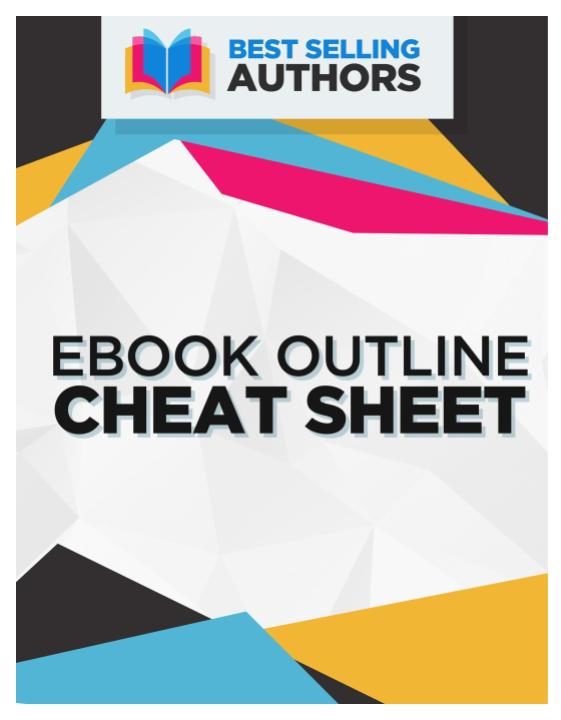Simple as it may seem, a good marketing strategy starts with the title of your book. You may have an enticing cover design or a captivating first line, but a boring title will get your book nowhere. The title of a book often determines whether a buyer will pick it or not. Readers often judge a book by its title. If the title is not interesting enough to grab a reader immediately there’s a slim chance it will be picked for publication.
The whole process of choosing the right title can be overwhelming. It is not just enough to come up with a memorable title, you also want it to capture the tone of the book. Is it romantic, scary, or sweet? A mix of genres? There is stiff competition in the writing industry and thousands of titles on the market. As a writer, you have mere seconds to impress potential readership with your title.
Think of the title as a siren call, tempting all potential readers to pick your book. If you take time to craft the perfect title people will be interested in your book, even if you are an unknown author who is self-published.1 The right title should entice readers to want to know more about the story. Take for example The Silence of the Lambs by Thomas Harris. It’s a mysterious and evocative enough phrase to draw readers in.
Success does not come on a silver platter; writers know this all too well. As challenging as it may seem, it is possible to choose an intriguing title. It’s helpful to consider published authors’ experiences2 and editors’ notes on the kind of titles that sell more. If you’re looking for more guidance for creating that perfect title, here are some useful guidelines.
Keep the Rules in Mind
The first thing to remember before you write your tile is the five main rules of a book title. The title should be:
Short: The marketing approach has been revolutionized by the internet. Digital platforms are the in-thing when it comes to selling your books. As long as you keep the title short, they can be used practically anywhere you deem fit to sell them: in tweets, in URLs, and as e-books. A short title allows for more space and flexibility of the cover design.
Simple: Don’t give in to the urge to try to squeeze all the concepts into the title. You could end up confusing your readers with several unrelated topics. Keep it simple3 with one or two concepts.
Easy to remember: Avid readers often recommend good books to friends. If you want more publicity for your book via word of mouth, give it a title that is not just easy to remember but actually something memorable.
A preview, not a summary: As much as you want to whet the appetite of your readers by dropping a hint of the story in the title, don’t summarize the whole story. Leave out the juicy details so they’re motivated to actually read your book!
Unique: Your title should be unique and original. If you think you’ve landed on a good title, Google it to make sure it hasn’t been used (or overused). It can be difficult to find a title that’s not out there already, but a more original title helps your work stand out from the crowd. Unless you are ready for some unpleasant comparisons, make sure it’s unique!
The Importance of Brainstorming
Write down every title that you can possibly think of, even if it seems bad! You might get inspiration from a notable phrase in your novel. It is also important to throw in relevant keywords so that when people search for a topic in your book, it will appear on search engine results such as Google and Amazon. Brainstorming for the perfect title is a lengthy process that can take months. But it is worth the effort for a title that will grab readers!
Sources
- http://nybookeditors.com/2015/11/traditional-or-self-publish-whats-best-for-you/
- https://www.writersdigest.com/whats-new/how-to-choose-your-novels-title-let-me-count-5-ways
- https://www.iuniverse.com/en/resources/writing-and-editing/4-steps-to-choosing-your-book-title


